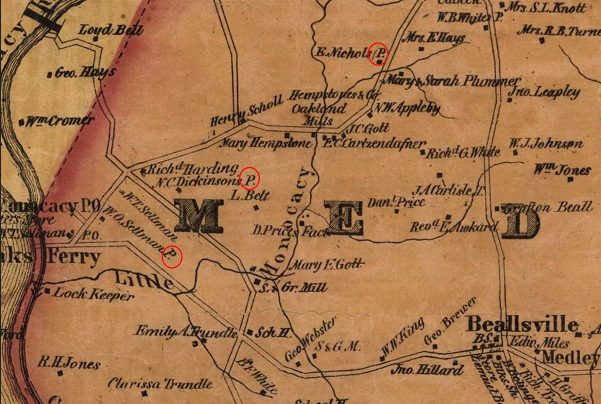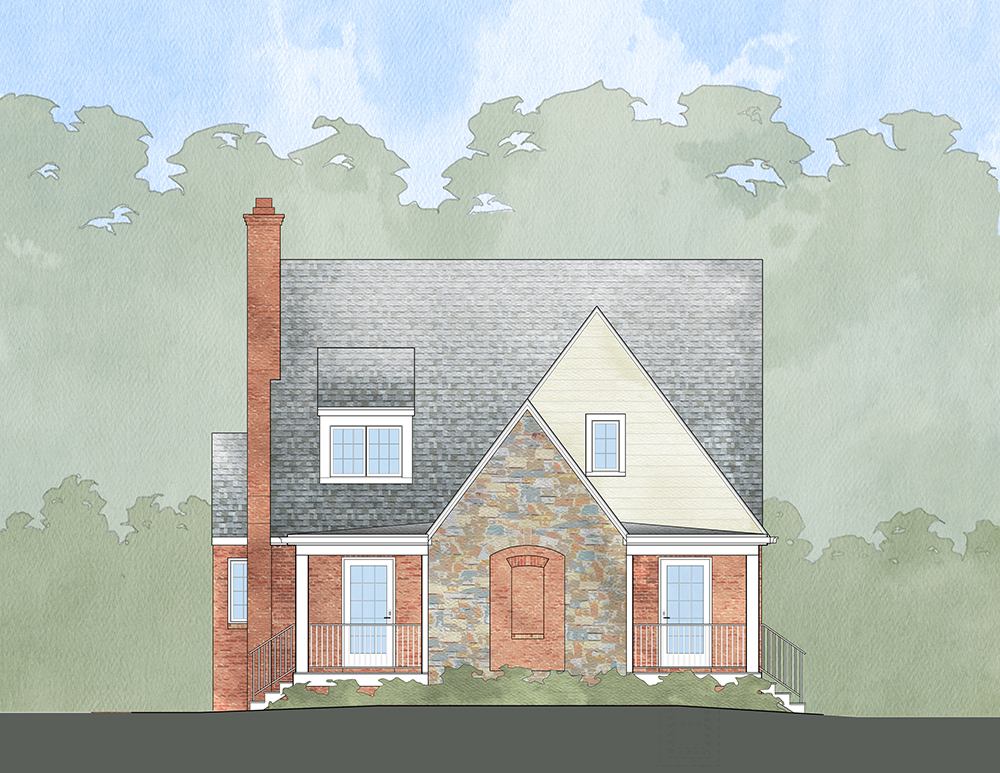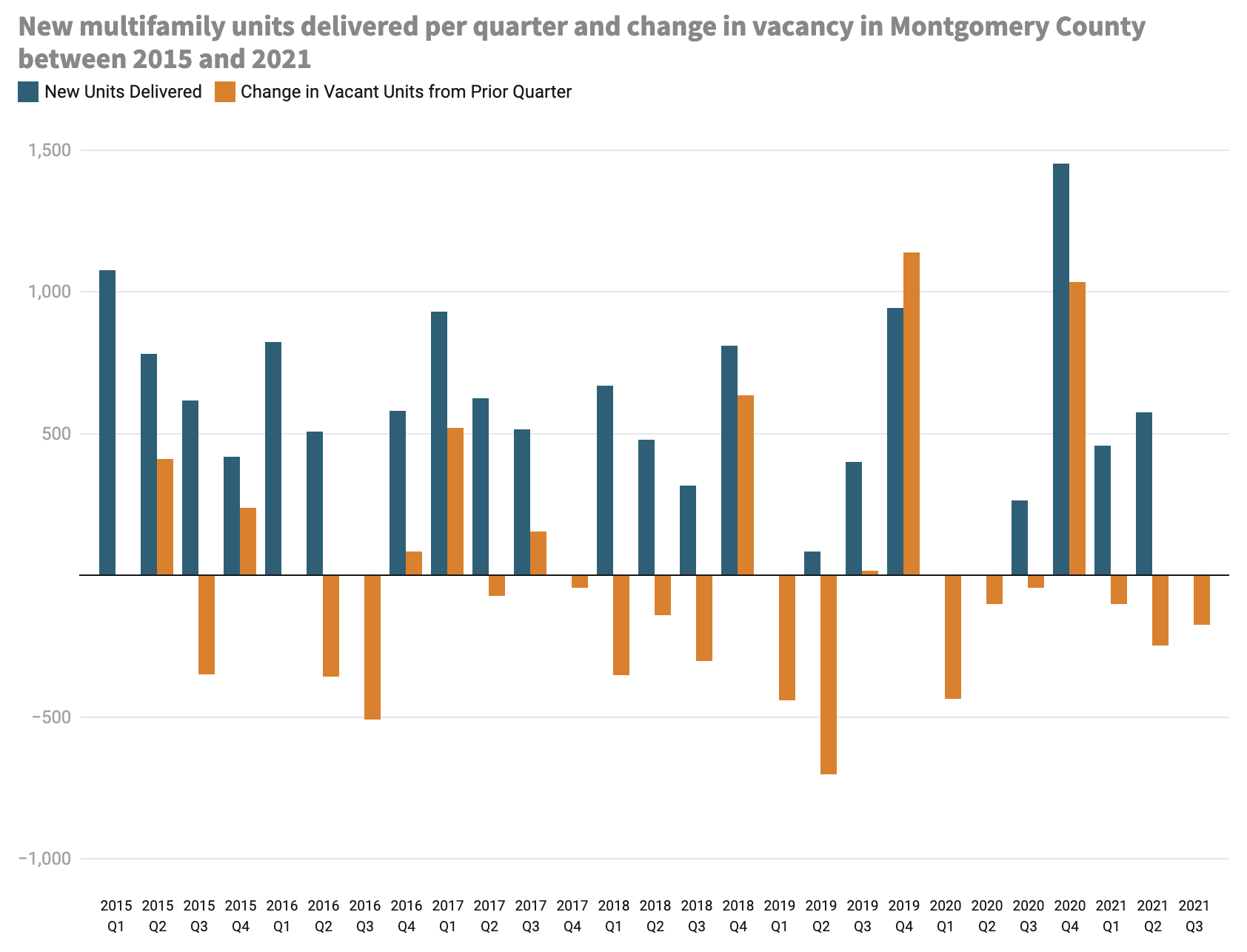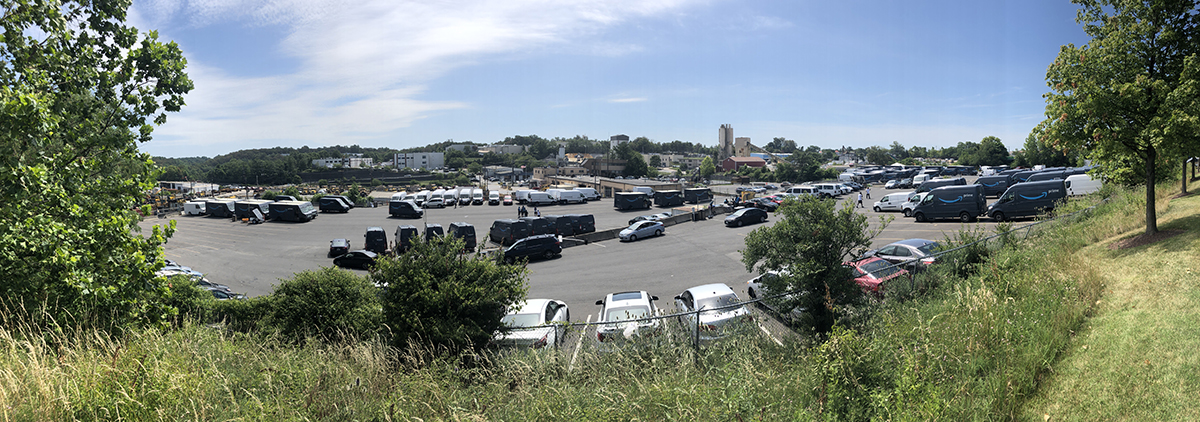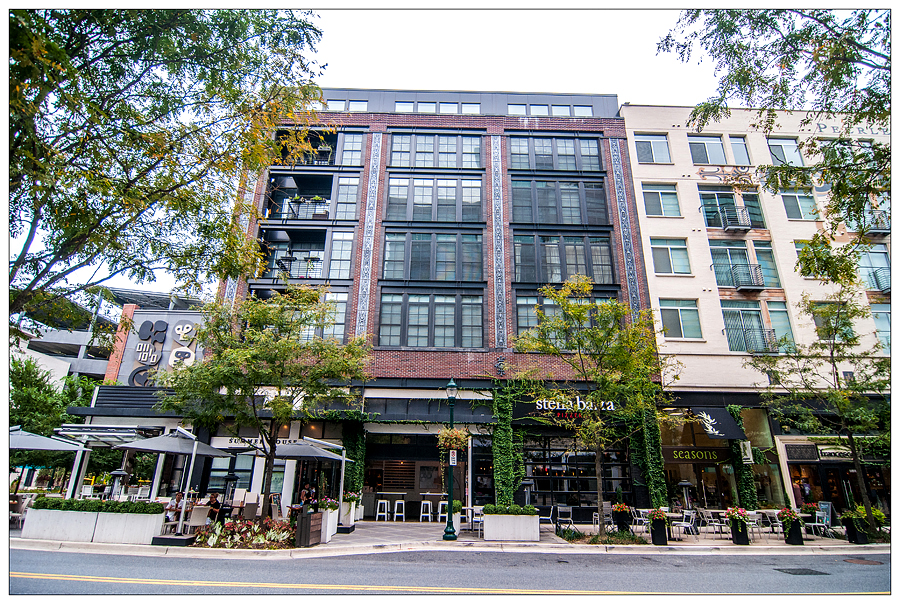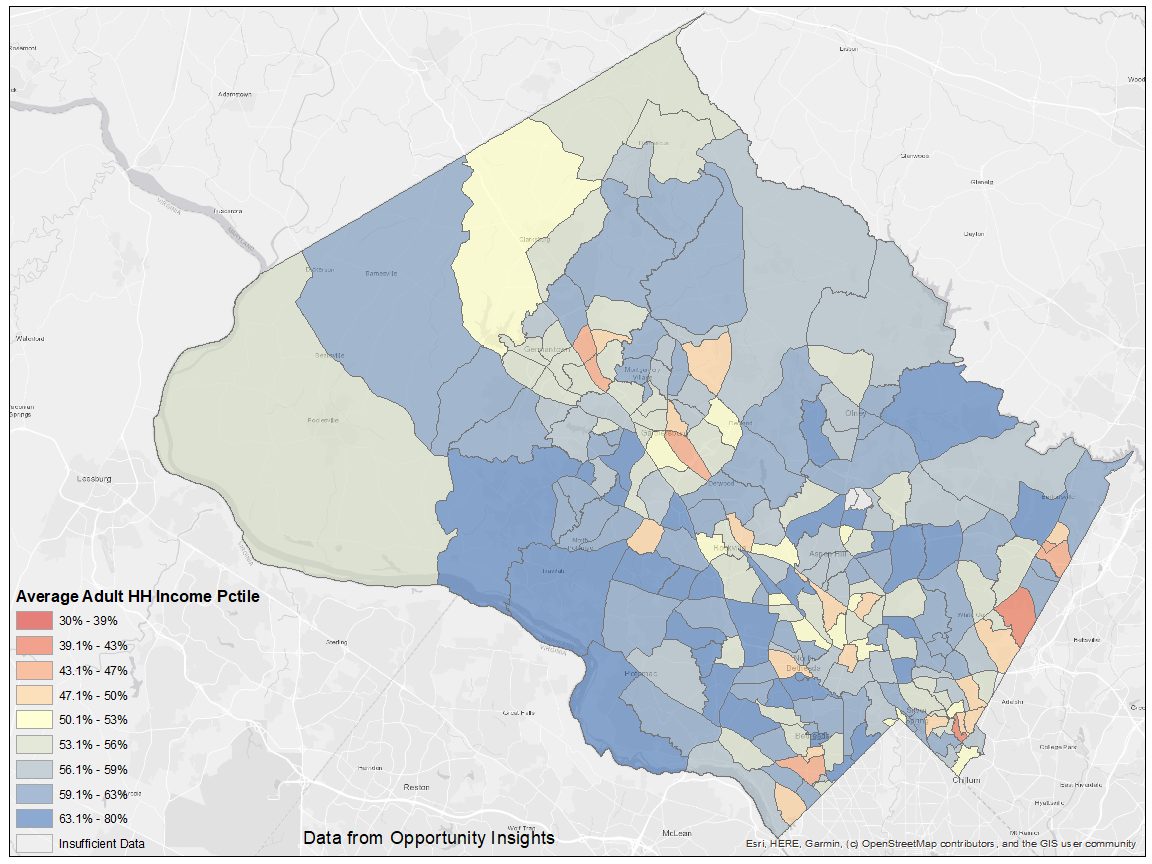
When it comes to environmental resilience, it’s in there!
By Casey Anderson and Steve Findley
What does Thrive Montgomery 2050 say about the environment? To quote from an old ad for a popular brand of spaghetti sauce, “It’s in there!” From climate change to improving air and water quality, preserving habitats and improving biological diversity, managing stormwater and protecting watersheds, the environmental goals and guidance in Thrive Montgomery 2050 are woven throughout the Plan.
As outlined in our last blog post, the wedges and corridors land use pattern retained from Montgomery County’s first General Plan provides two critical components that help reduce greenhouse gas emissions and create resilience: compact growth and natural resource preservation. These components are linked: the … Continue reading


